Hey guys I've got a beautiful 2 1/2 tall lavender growing indoors/outdoors waiting to be permanently transplanted. As you can see, she needs to get topped.

I don't want to waste the top. I'd like to clone it to use for an early summer harvest using Silverback's 60/60 technique. What I'm wondering is if I can the air layering technique I would bump the thread but the last post in the air layering thread was posted by a dude with a bunch of questions and they went unanswered.
Any answers or advice would be appreciated.

I don't want to waste the top. I'd like to clone it to use for an early summer harvest using Silverback's 60/60 technique. What I'm wondering is if I can the air layering technique I would bump the thread but the last post in the air layering thread was posted by a dude with a bunch of questions and they went unanswered.
Any answers or advice would be appreciated.


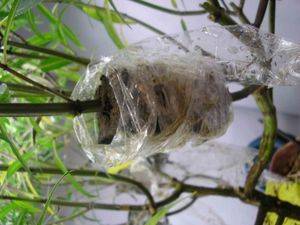
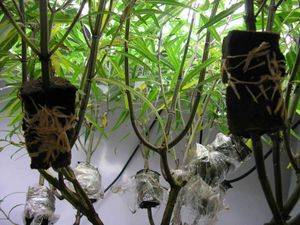
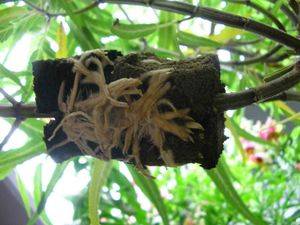
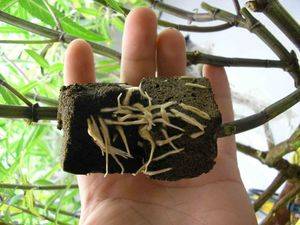
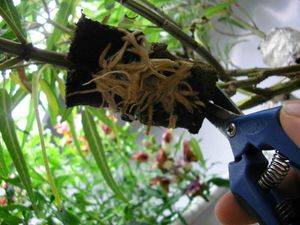
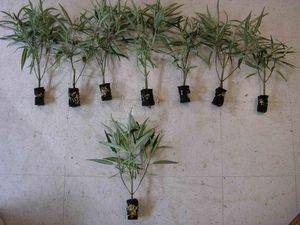
 . One rootball two mainstalks. 100% easy.
. One rootball two mainstalks. 100% easy. 
